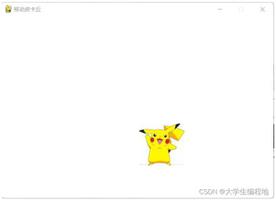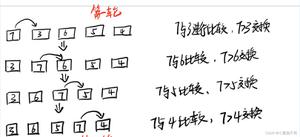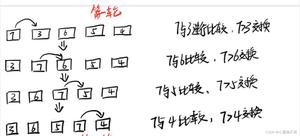python 基础 7.1 datetime 获得时间

一 datatime 的使用
object
timedeta
tzinfo
time
data
datatime
time: 在python文档里,time是归类在generk operating system services 中,换句话说,它提供的功能是更加接近于操作系统层面。
python 开发过程中,我们经常用到获取当前时间,根据当前时间生成一个和当天时间相关的文件,这样我们在后期查找文件的时候就方便了很多,那python 又如何来获取当前时间的呢?
from dateime import datetime
now_time = datetime.now()
a = now_time.strftime('%Y-%m-%d')
print(now_time)
print a
print(type(now_time))
strftime 时间参数有很多,介绍一些常用的时间参数:
格式参数:
%Y 带世纪部分的十进制年份
%m 十进制表示的月份
%d 十进制表示的每月的第几天
%H 24小时制的小时
%M 十时制表示的分钟数
%s 十进制的秒数
%c 标准时间
示例1:
#/usr/bin/python
#coding=utf-8
#@Time :2017/11/8 14:10
#@Auther :liuzhenchuan
#@File :datatime.py
#time模块基本不用于取时间,取时间用datatime 模块
# time独有用法,alt + enter
import time
for i in xrange(1,10):
print i
time.sleep(0.3)
#datatime 获取当前时间
from datetime import datetime
now_time = datetime.now()
print now_time
#strftime 显示时间的格式
new1_time = now_time.strftime('%Y-%m-%d')
print new1_time
new2_time = now_time.strftime('%Y-%m-%d %H:%M:%S')
print new2_time
#打印标准时间
new3_time = now_time.strftime('%c')
print new3_time
>>>
1
2
3
4
5
6
7
8
9
2017-11-08 21:27:11.254000
2017-11-08
2017-11-08 21:27:11
11/08/17 21:27:11
示例2:
import datetime,timedelta
#timedelta 获取昨天的时间
now1_time = datetime.now()
yesterday = now1_time + timedelta(days=-1)
print yesterday
>>>
2017-11-07 22:01:51.766000
#打印明天的时间
tomorrow = now1_time + timedelta(days= +1)
tomorrow1 = tomorrow.strftime('%Y-%m-%d')
tomorrow1 = tomorrow.strftime('%c')
print tomorrow1
>>> 2017-11-09
11/09/17 22:09:06
以上是 python 基础 7.1 datetime 获得时间 的全部内容, 来源链接: utcz.com/z/388737.html






